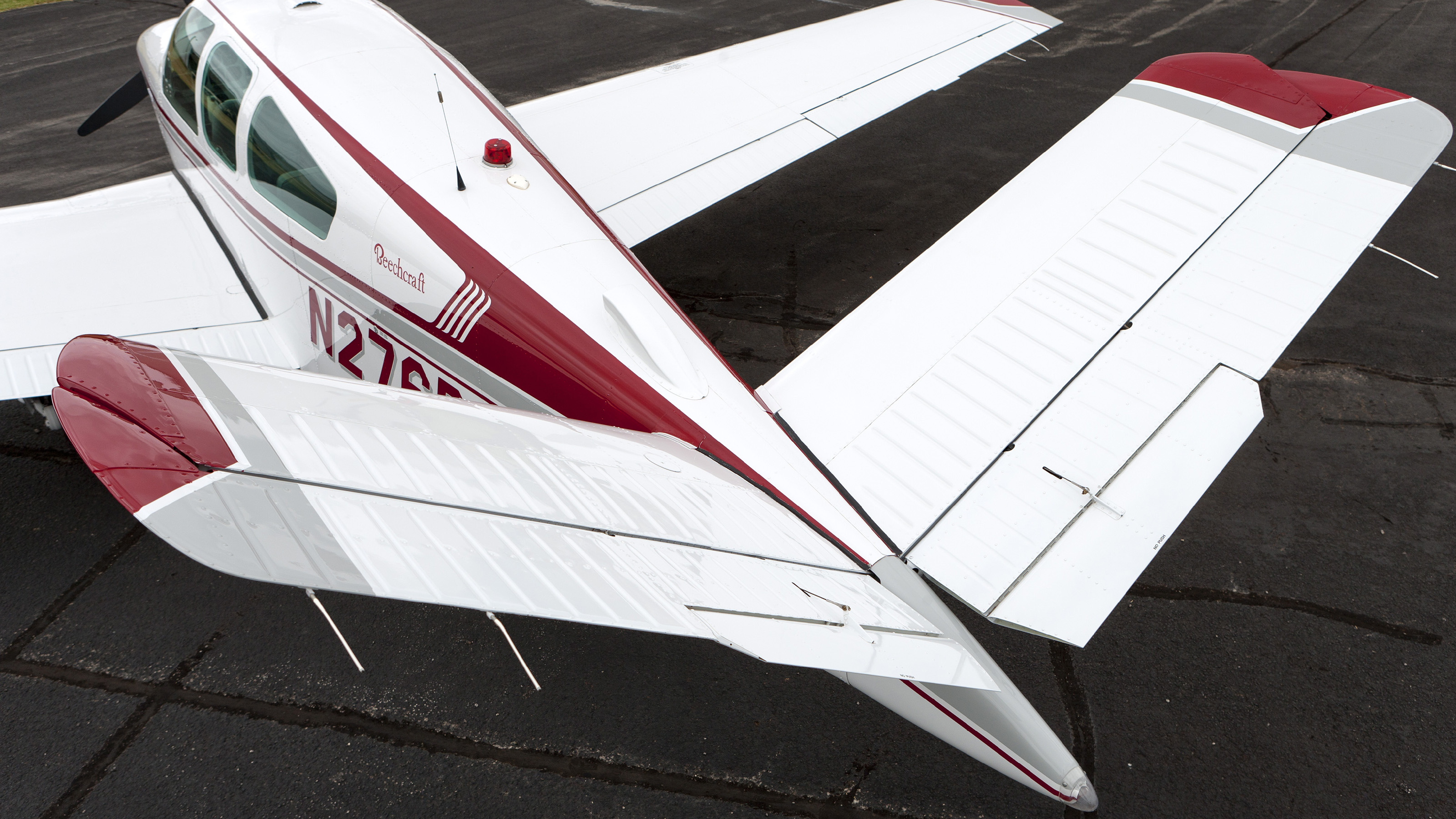Has anyone had experience with these aircraft? Do they fly much differently than a conventional T-Tail aircraft? I've always wondered how they combine the manual rudder and elevator control with the same control surfaces? Were these control systems very complicated, and were the rudders less effective?
What were the negatives involved with the V-tail? I know they were given the term "Doctor Killers", and I'm sure the flight characteristics of the V-Tail had something to do with that.
With today's sophisticated fly by wire, computerized flight control systems, they would obviously be easier to manage. But for Beech, the early Bonanza V-Tail was a "one and done" airplane. Subsequent Bonanza's all had conventional T-Tails.
What were the negatives involved with the V-tail? I know they were given the term "Doctor Killers", and I'm sure the flight characteristics of the V-Tail had something to do with that.
With today's sophisticated fly by wire, computerized flight control systems, they would obviously be easier to manage. But for Beech, the early Bonanza V-Tail was a "one and done" airplane. Subsequent Bonanza's all had conventional T-Tails.


